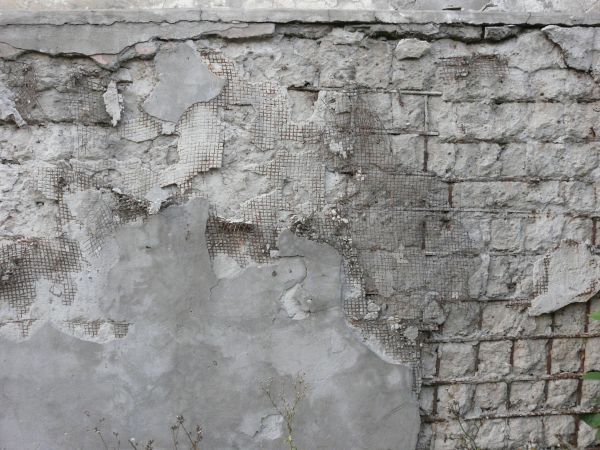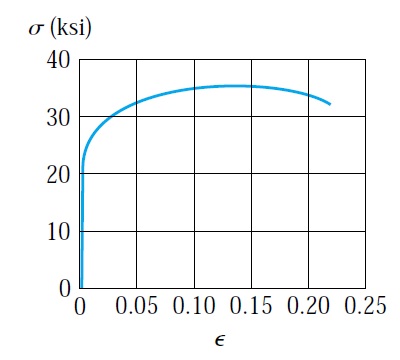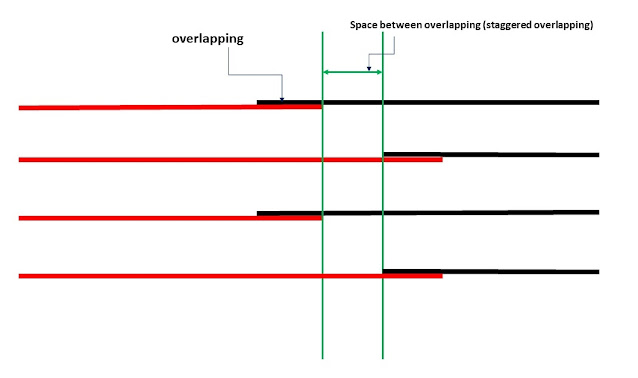Truss system common types
structures around us classified into four groups, frame structures, surface structures, cable and arch structures, and truss structures, truss structures are composed of groups of slender members, these members are connected to each other at one point, these members will be connected by a gusset plate by welding or bolting or it can be bolted together without using gusset plate, figure 1 shows an example of a truss system. the members of the truss can be woods, metal bars, struts, angles or channels. planner truss lies in one plane.
Figure 1
there are two common types of trusses, roof trusses, figure 2 showing a typical roof truss, roof truss used for industrial building, the building will be composed of a series of trusses similar to one in figure 2, the loads will be transferred to truss frame through purlins, truss frames with columns termed as bent, knee bracing can be used to increase the rigidity of the system, diagonal bracing may be used also to increase the rigidity of the bents, spacing between adjacent bents termed as bay
figure 2
Figure 3
figure 3 showing different types of roof span, selecting the type of roof span for a building will depend on span length, the slop and the type of used materials and some other factors such as overhead clearance.
Figure 4
Truss system used also in bridges, bridge truss typical component is shown in figure 5, deck load will be transferred to stringers then to flower beam and from flower beam to joints that supporting side of the truss, bracing can be used to increase the rigidity and stiffness of the system, lateral bracing used to brace top cord and bottom cord to resist lateral movement such as winds and vehicle loads, also portal bracing and sway bracing used to increase truss system stability, for long span to avoid the concentration of stresses due to thermal expansion of the truss, roller end used to accommodate the increase or decrease of structure length, in general, expansion joints used in bridges to accommodate the change of bridge length due to temperature change, creep and other factors. figure 6 showing different types of truss systems used in the bridge industry.
Figure 5
Figure 6





















Comments
Post a Comment